The McLaren Elva Is a 804-HP Tribute to a Race-Winning Heritage
The lightest McLaren supercar ever is now joined by McLaren’s first ever High-Performance Hybrid supercar, the Artura. Behold our exclusive images.
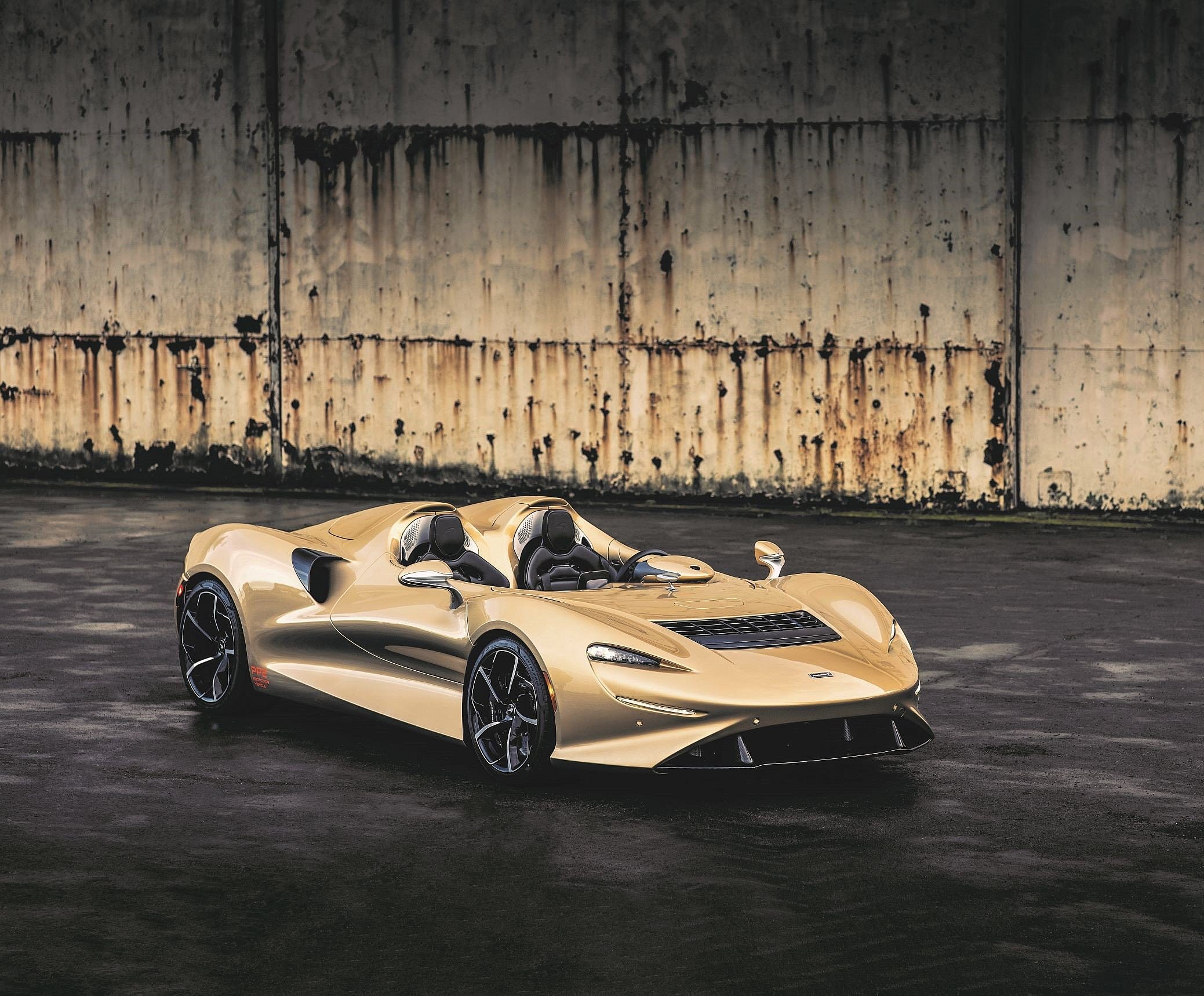
McLaren Automotive has built almost 25,000 cars since they first disrupted the production supercar world in 2011 with the MP4-12C. In the years since they’ve continually demonstrated their ability to speed past the perceived boundaries of design, engineering and technology, with an impossibly prolific series of both supercars and hypercars.
Now on the occasion of the brand’s 10th anniversary, they’ve unveiled brand new envelope-exploding examples of both— the Elva and Artura—embarking on the next chapter of the awe-inspiring McLaren story.
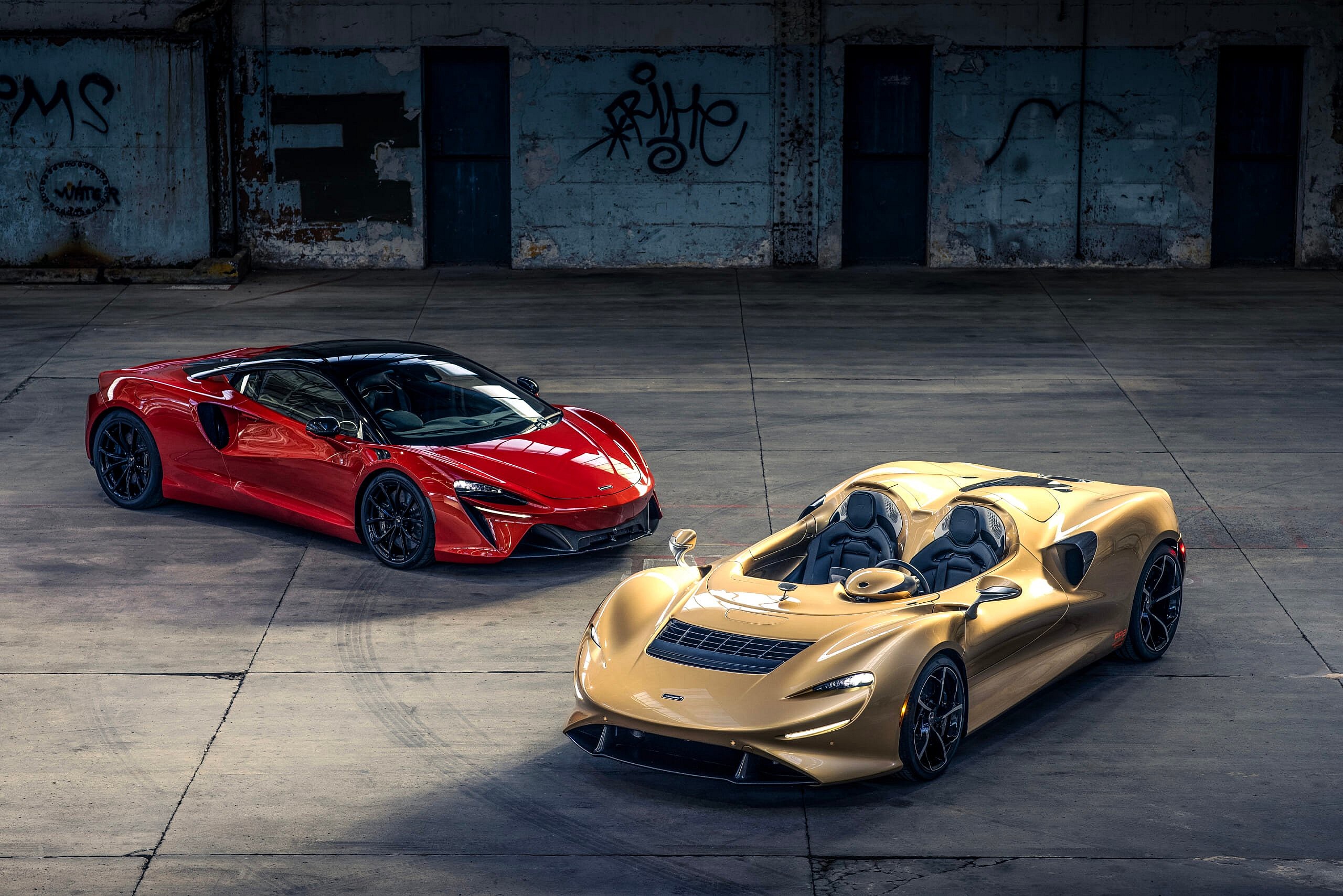
Because as any true sports car aficionado knows, the marque’s origins go back much farther, to the early 1960s, when automotive designer, driver, engineer, and inventor Bruce McLaren first fielded race cars bearing his now hallowed name. The Elva, the more extreme of the two new offerings, is an astonishingly beautiful tribute to the M1A, Bruce McLaren’s record-breaking super-light, open-roofed, mid-engined racer from 1964.
Priced at about $1.7 million and limited to 149 examples, the 800-plus horsepower Elva, the latest in the marque’s Ultimate Series, is the lightest and most agile McLaren road car ever built—as well as one of the rarest and most exhilarating to drive, powered by a 4.0-liter twin-turbocharged V8.
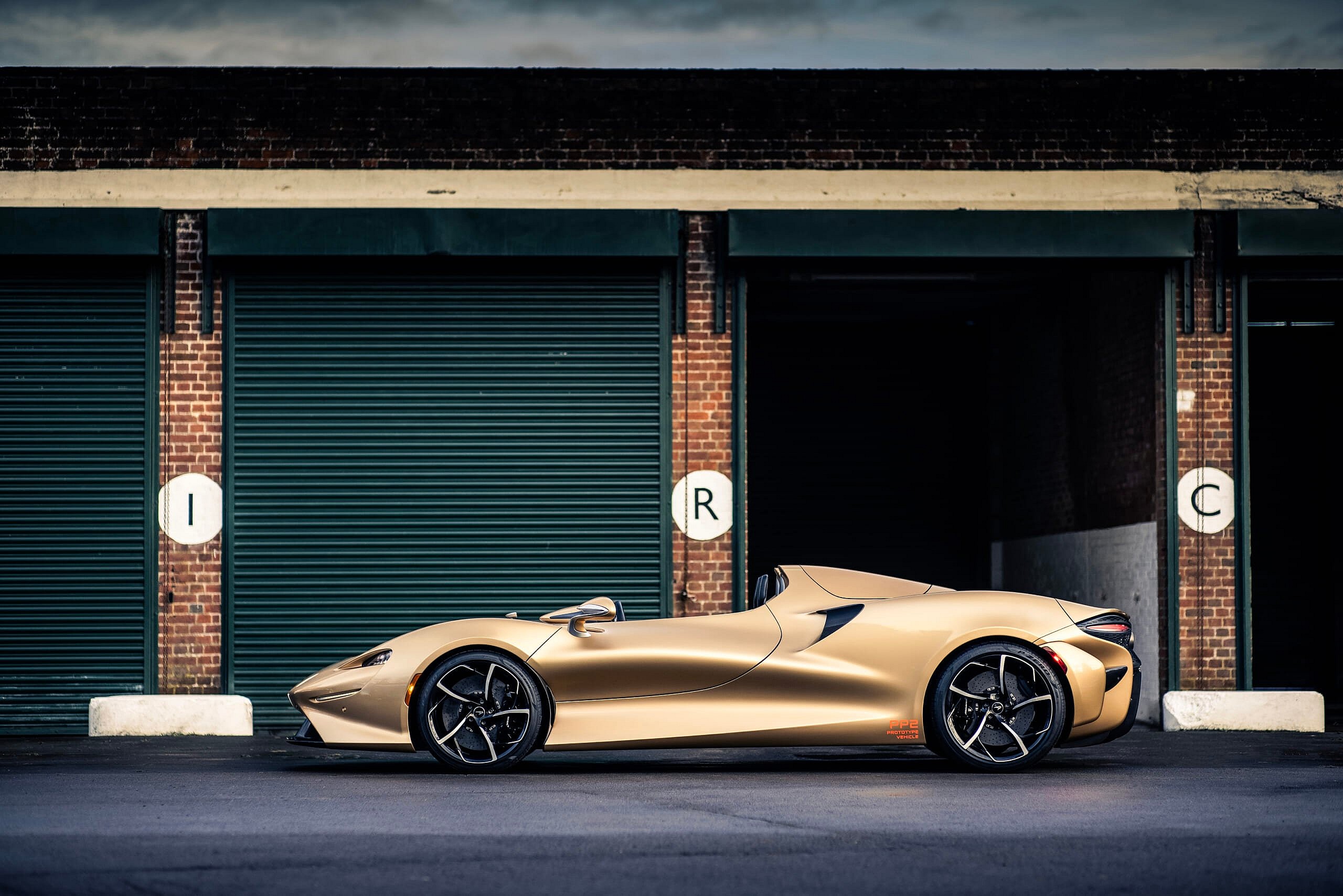
“The McLaren Elva is a luxury experience in every way, clearly exclusive but also a car dedicated to the pursuit of fun,” McLaren Automotive CEO Mike Flewitt tells us. “We have not focused on outright performance, rather on driver engagement. The lightest car we have ever made with 825ps [804 hp] is clearly a very fast car, but with the driver exposed to the elements in the same way as is true of an F1 single-seater, the experience is completely immersive.”
Especially so as the car lacks even a traditional windscreen; yet McLaren’s new Active Air Management System guides high-speed air over the open cockpit, acting as virtual windscreen and creating a bubble of calm around driver and passenger.
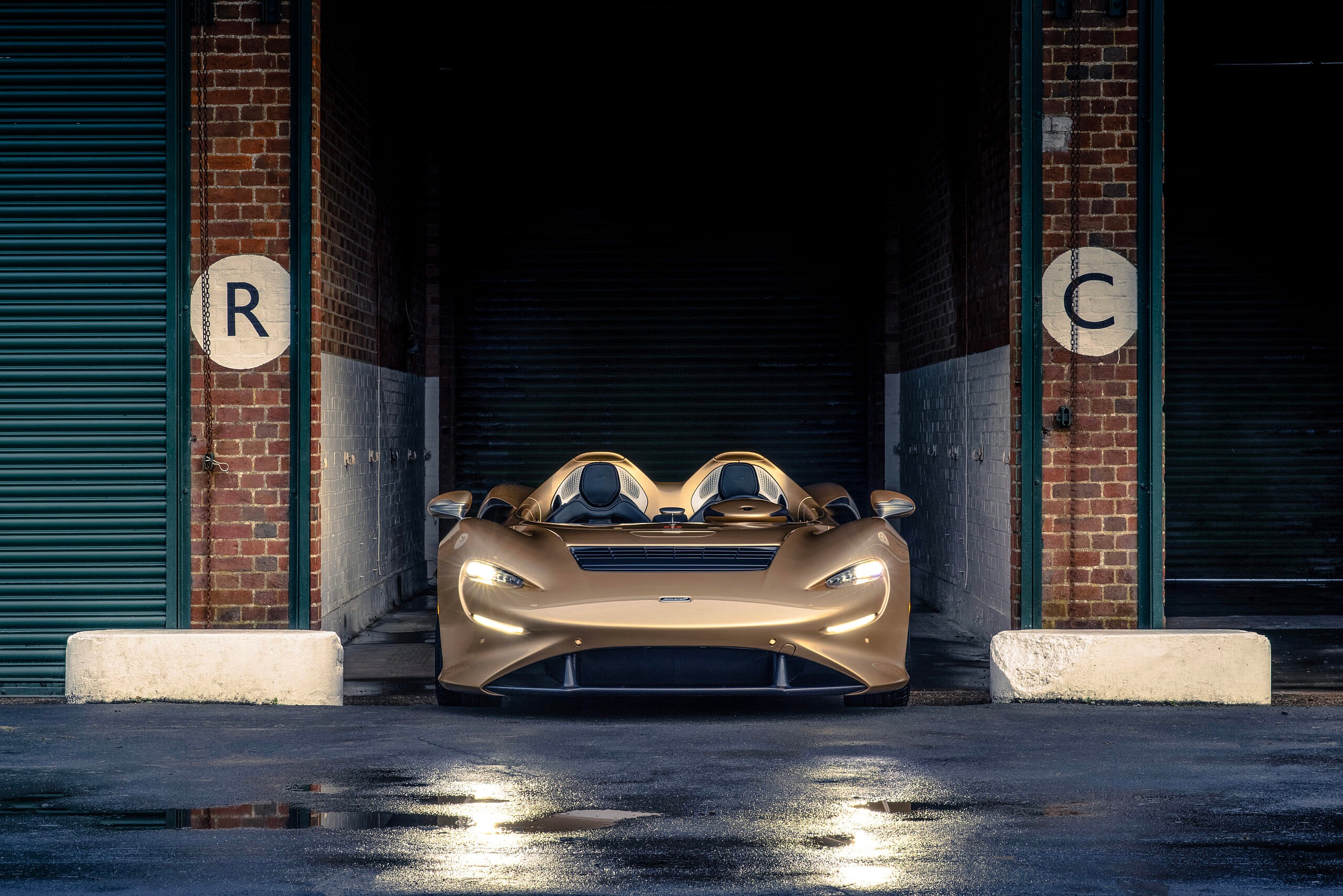
McLaren’s 007-like MSO (McLaren Special Operations) division, which can customize literally every detail, makes the Elva even more exclusive. “Our customers delight in working with our design team to specify their cars in unique ways to their own tastes,” Flewitt says. “No two of these cars are the same as befits the bespoke experience that our team at MSO offer.”
Meanwhile McLaren’s other new car, the Artura, is equally daring on another level. Dubbed a High-Performance Hybrid (HPH), it’s envisioned as a “supercar for a new era.” Designed from the ground up yet unmistakably a McLaren, it was created to be equally at home on road or track, capable of rocketing from 0 to 62 mph in three seconds and 205 mph on the top end—thanks to an all-new, 670-horsepower 3.0-liter twin-turbocharged V6 engine incorporating bleeding-edge hybrid tech.
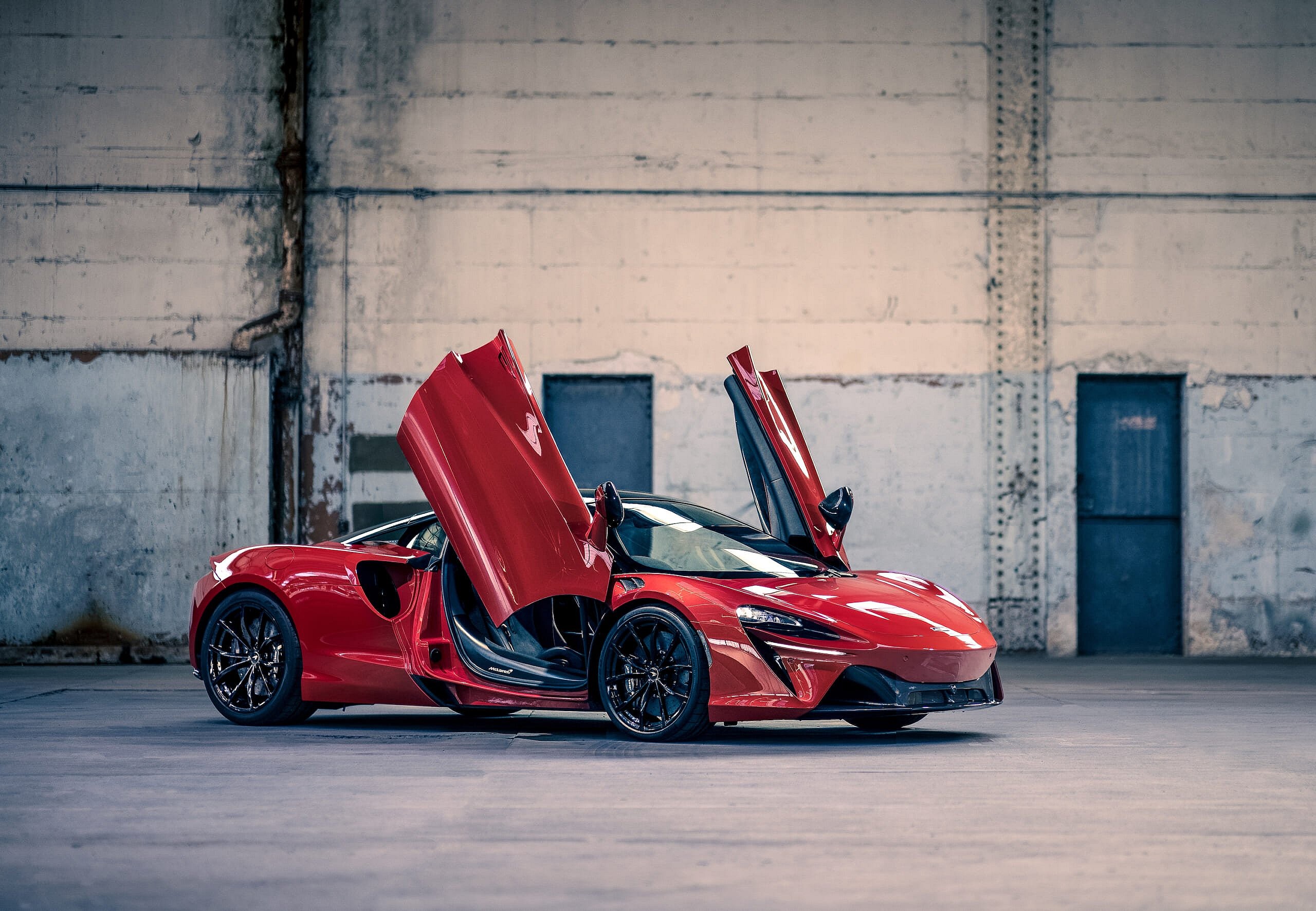
“The McLaren Artura is like no other supercar and this is not something we say lightly,” Flewitt tells us. “We have developed a lightweight composite platform dedicated to optimizing the performance of our new hybrid powertrain whilst building on our values of light weight and driver engagement.”
He add that, “The combination of class-leading power, significant EV range, and emissions that set new standards is unique, and a direct result of the approach that takes industry-leading technology to deliver characteristics that the owner will enjoy and appreciate on both emotional and rational levels.”
https://www.instagram.com/p/CLjbeyCARaE
As the two new cars prove beyond a shadow of a doubt, “McLaren is committed to designing and building the most exciting cars in the segments in which they compete,” Flewitt adds.
“The cars, whilst clearly luxury supercars, use technology-leading design to deliver attributes unique to each product. The Elva and Artura are radically different, but both are clearly McLarens and both deliver an incredible experience to the customers fortunate enough to own them.”
This article originally appeared in the March/April 2021 issue of Maxim
